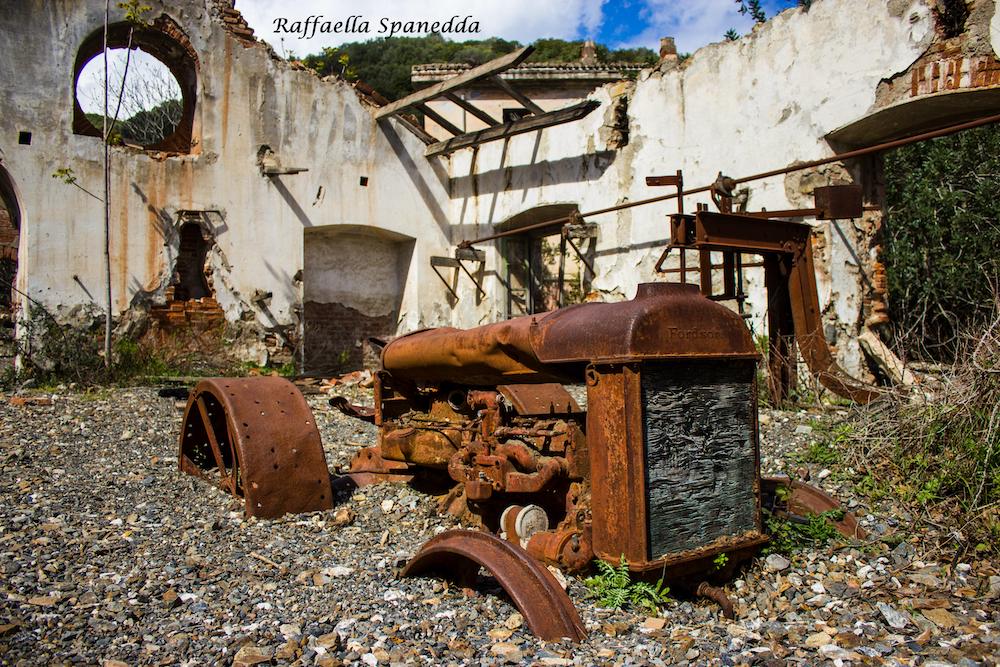Thank you Raffalla Spanedda (@raffaellaspanedda on Facebook) for her beautiful post and the stunning photos. I love her poetic and attentive gaze through which she observes her beloved Sardinia, always looking for fascinating places for their history. This post is the best explanation for my slogan “listen to the places”
Sardinia does not only mean incomparable beaches and sea but also a huge historical and cultural heritage. It can also count on many abandoned mines. In San Vito, there’s the mining village of Monte Narba, where you can walk trying to imagine the life there in different ages.
In front of me only ruins: unstable buildings, hurt by time and seasons, the original colors have faded to an anonymous beige, and yet…
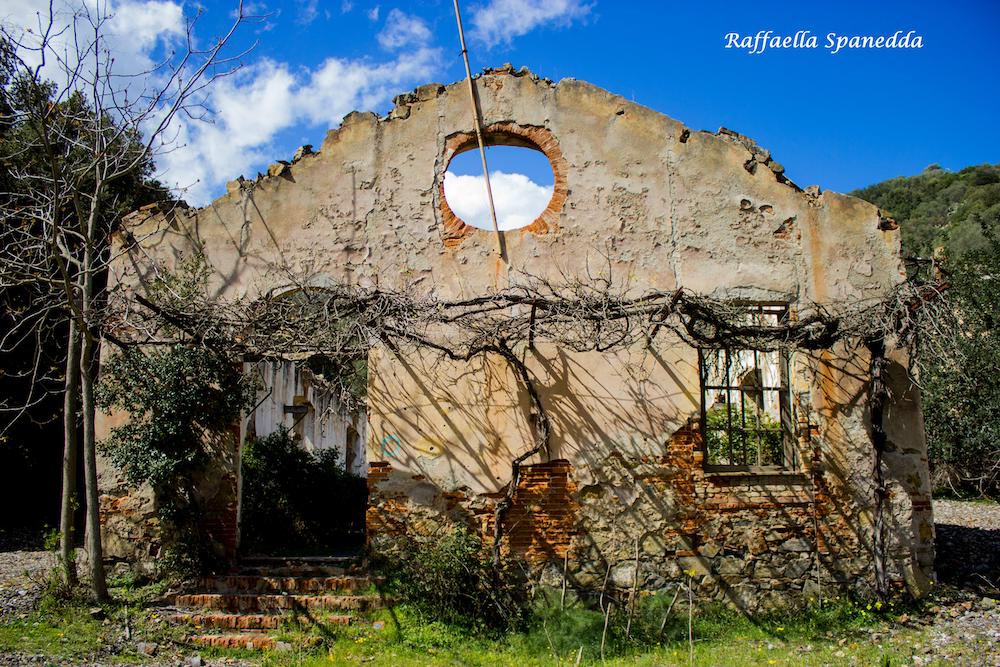
And yet, long ago this place teemed with life. Nine hundred workers were employed in the silver and bleech mine of Mount Narba. The village hosted them, their families and the managers of the Lanusei company, that had the concession.
The work inside the mine was exhausting: fourteen tunnels led down to 500 mt depth, the shifts were knackering, the position people worked in was uncomfortable, danger a mate that never left you alone.
That was unbelievable in many parts of Sardinia in 1864, where the day of farmers and shepards was ruled by the daylight hours gifted by nature and some oil lamps.
The miners felt they were privileged though, because in their village, that could be considered a small city, they had electricity, the hospital, a carpenter’s shop and even an early telephone network.
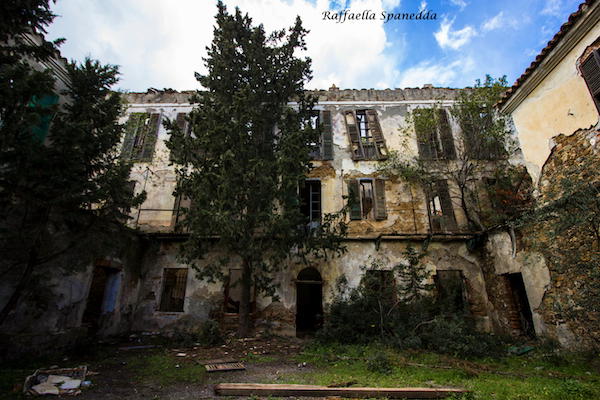
For decades life flew regularly in this village, until the Great War broke out. In 1916 some Austrian prisoners arrived here, a major and his contingent.
The major donated Monte Narba village a pearl of beauty and brightness. He let the hall of the villa of the director, named Villa Madama, be frescoed with a beautiful light blue and yellow. This could remind them of the elegant halls in their country were they used to dance.
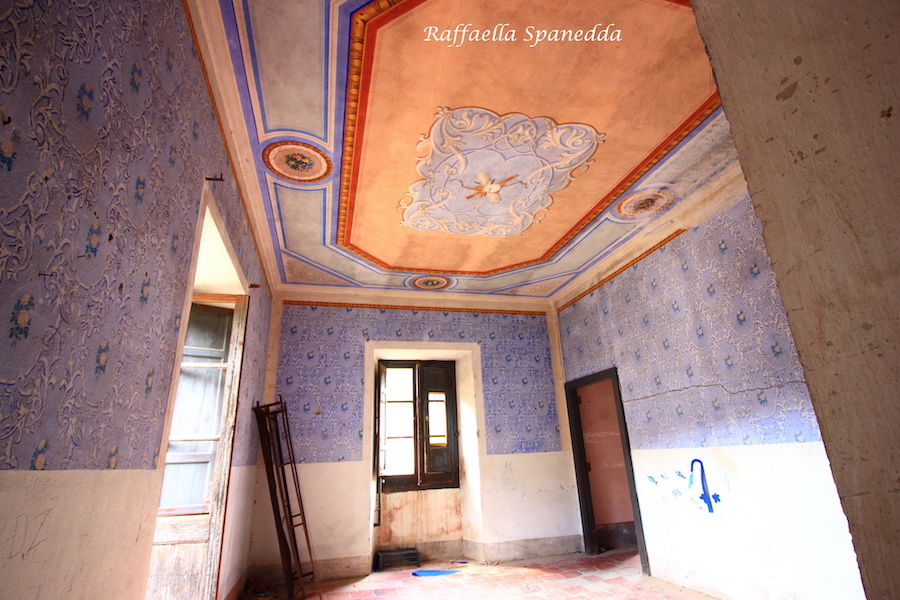
The mine slowly ran out and the place was definitely abandoned in 1935. It then became a farming business, as shown by an old rusted tractor half interred in a big roofless building.
Walls and objects that tell the fascinating life of a village that died almost a hundred years ago. The sun shines through fallen roofs and frameless windows and gives life to a place that is only apparently silent, since it will always be able to communicate to those who enter willing to listen.
The abandoned mining village of Monte Narba is in the village of San Vito, in the Province of Cagliari, in the south-east of Sardina. It can be easily reached even if you have to drive a bit of gravel road. On Google Maps you can find it as Miniera di Monte Narba.
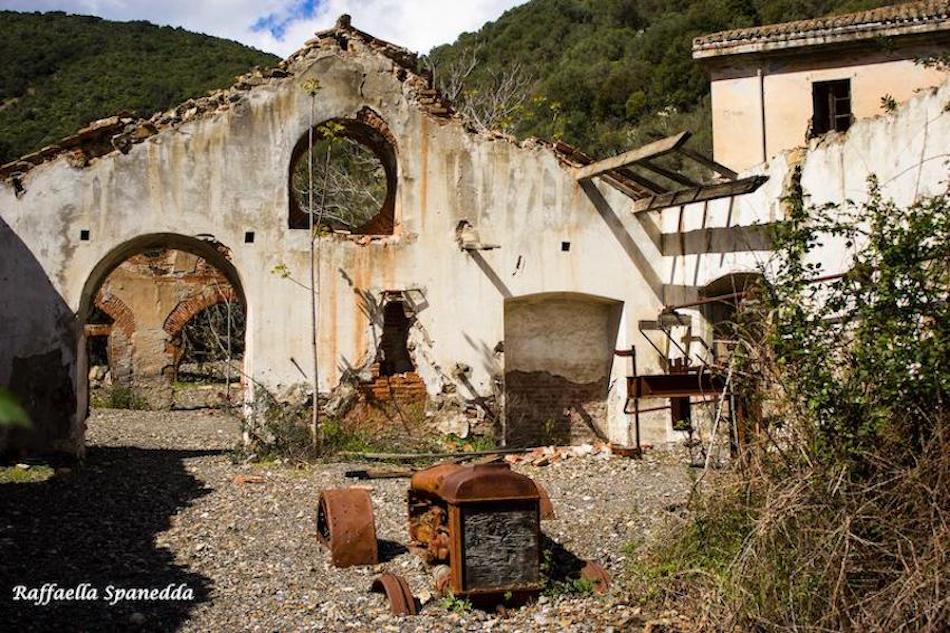
Unfortunately the site is not safeguarded by any upgrading project and it’s getting more and more covered by debris because of the rainfalls. The village is anyway part of the Geopark of Sardinia, recognized by UNESCO. These parks have the aim to safeguard the history, culture and geological context of every and each of them
It is possible to find more pieces of information in the book “La miniera d’argento di Monte Narba, Storie e Ricordi” by S. Mezzolani e A. Simoncini, Cagliari 1989.
Have you liked this post? Share it now!

